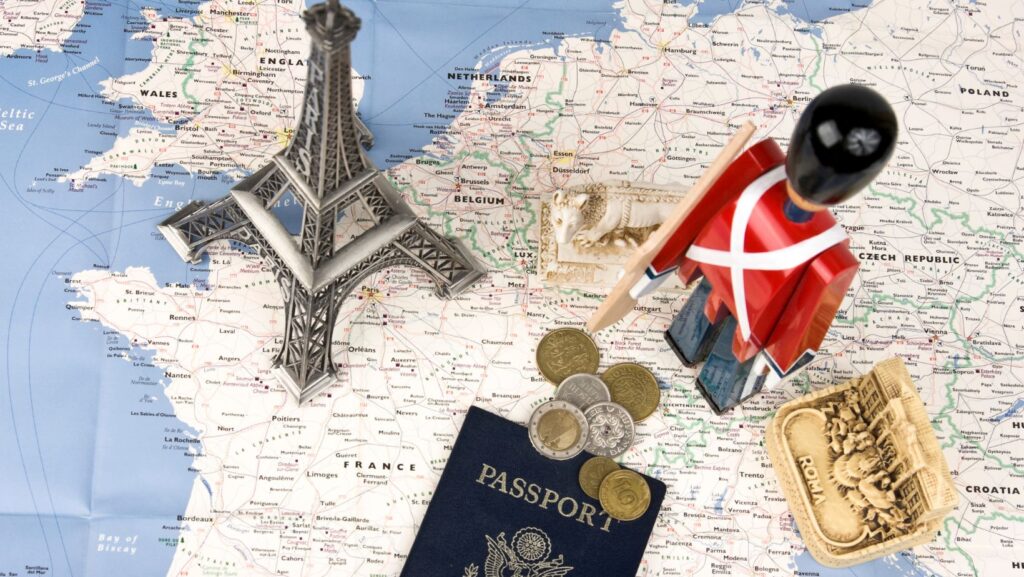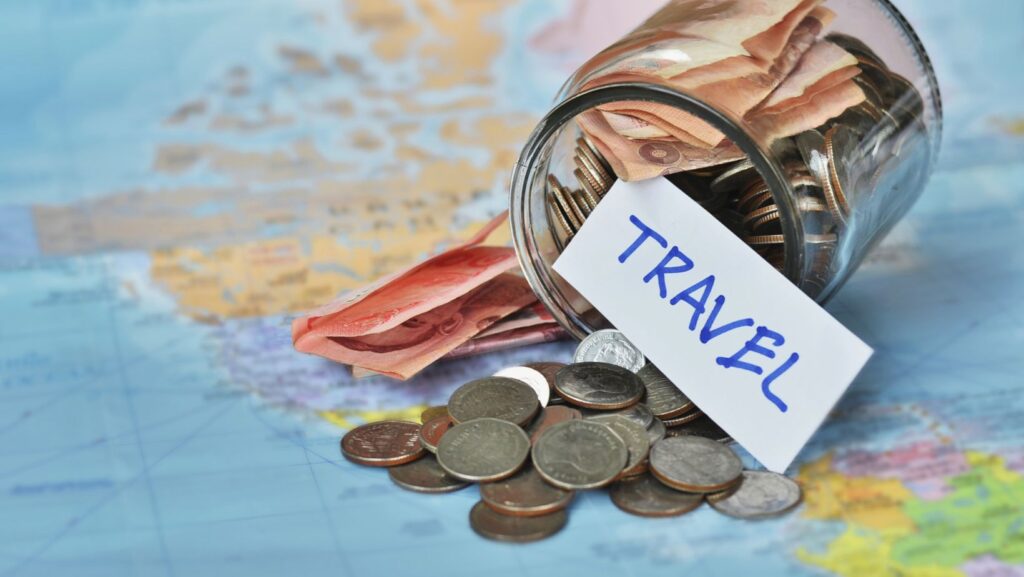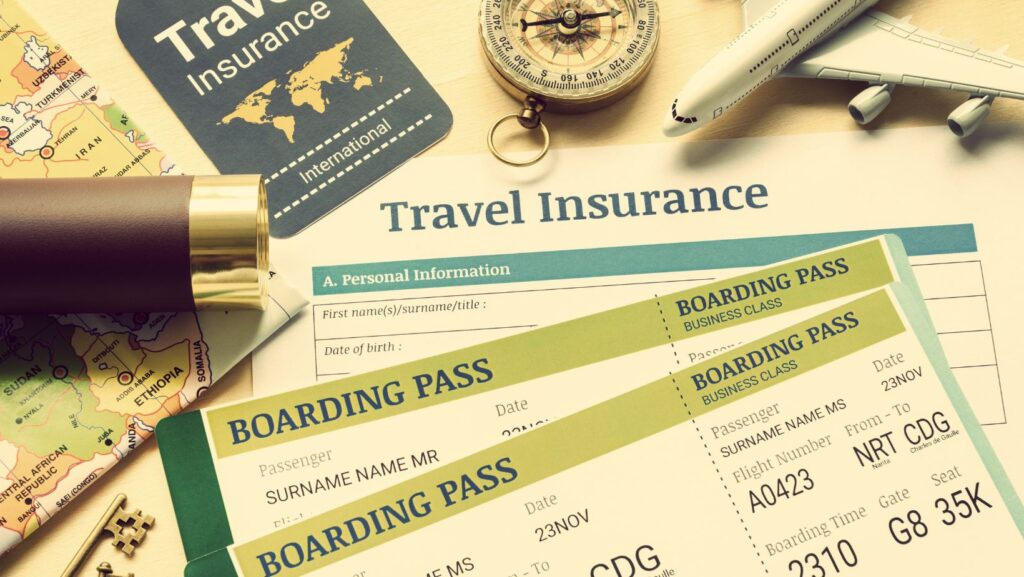Dreaming of a grand European tour but held back by a tight budget? Fear not, it’s entirely possible to explore the continent’s rich history, diverse cultures, and stunning landscapes without breaking the bank. This article will serve as your comprehensive guide to traveling Europe on a shoestring budget.
How To Travel Europe On A Budget
Research and Budget Allocation
 Embarking on the journey to discover how to travel Europe on a budget involves thorough research and a keen sense of budget allocation. Determine, beforehand, the total amount allocated for the trip. From there, break it down into categories such as accommodation, food, transport, and attractions. Consider utilizing free online budget calculators—like those found on travel sites—to assist in the process. They offer detailed budget plan examples, allowing travelers to have a realistic view of how much their journey might cost. From hostels in Amsterdam for approximately $20 a night to the hearty meals in Budapest for fewer than $5, these platforms illustrate a broad financial landscape of the expedition.
Embarking on the journey to discover how to travel Europe on a budget involves thorough research and a keen sense of budget allocation. Determine, beforehand, the total amount allocated for the trip. From there, break it down into categories such as accommodation, food, transport, and attractions. Consider utilizing free online budget calculators—like those found on travel sites—to assist in the process. They offer detailed budget plan examples, allowing travelers to have a realistic view of how much their journey might cost. From hostels in Amsterdam for approximately $20 a night to the hearty meals in Budapest for fewer than $5, these platforms illustrate a broad financial landscape of the expedition.
Choosing the Right Time to Travel
Selection of the optimal time for travel plays a crucial role as budget varies significantly with seasons. Opt for the off-peak periods—typically November through April. They’re generally cheaper since tourist demand decreases during these times. For instance, flight prices drop by nearly 20% in the off-peak months, according to data from global travel agencies. Additionally, accommodations may offer discounted rates to attract visitors. Therefore, time selection not only reduces expenditures but also allows for a less crowded and more relaxed exploration of the beautiful continent. Remember, a dream to travel Europe on a budget doesn’t mean sacrificing the rich experience; it’s about making smart, cost-effective choices.
Affordable Transportation Options
 Affordable transportation reigns supreme in successful budget travel in Europe. Two cost-effective options stand stark: budget airlines and rail passes. Europe’s budget airlines, such as Ryanair and EasyJet, offer low-cost flights, giving affordable access to farthest corners of the continent. It’s beneficial if, for instance, one desires to travel from Ireland to Italy quickly.
Affordable transportation reigns supreme in successful budget travel in Europe. Two cost-effective options stand stark: budget airlines and rail passes. Europe’s budget airlines, such as Ryanair and EasyJet, offer low-cost flights, giving affordable access to farthest corners of the continent. It’s beneficial if, for instance, one desires to travel from Ireland to Italy quickly.
On the other hand, rail pass provides unlimited, flexible train travel within and between certain countries. The Eurail Pass, for example, covers travel in 33 countries, offering a rich railway journey experience while saving on transportation costs. Opting for night trains can even cut down accommodation expenses, as it takes care of both transportation and a night’s stay.
Economical Accommodation Choices
Opting for economical lodging provides substantial savings for travelers who aspire to travel Europe on a budget. Hostels represent one economical option—they’re not only cost-effective, but they also offer the chance to connect with fellow travelers, reinforcing the vibrant hostel culture in Europe. Capsule hotels and budget B&Bs present other viable, low-cost alternatives, especially for solo travelers or couples.
Making use of sharing economy platforms, like Airbnb, can yield affordable stays in fully furnished apartments or homes. Campsites, particularly in rural areas, often provide inexpensive yet immersive accommodation experiences. Remember, booking off-peak and in advance maximizes savings. It’s always prudent to research and compare prices on various booking sites, as the price for the same accommodation can differ.
Renting a budget-friendly campervan goes in perfect tandem with camping in Iceland. Skip pitching a tent and stay in the van instead, where you’ll cook, dine, and sleep. Prepare for your biggest expenses including fuel, food, and fees related to camper rental, the campsite and its facilities, as well as activities and attractions. There may be more costs involved, but because a campervan serves as an accommodation and transportation, it provides wiggle room to save money.
Saving on Meals and Dining
 In Europe, eating out can be pricey, making meals and dining a potential budget buster. However, there are proven tactics to limit food expenditure and still experience the culinary diversity of Europe. The first recommendation involves embracing local markets and groceries. They represent treasure troves of low-cost, fresh produce, local delicacies, and an authentic way to travel Europe on a budget.
In Europe, eating out can be pricey, making meals and dining a potential budget buster. However, there are proven tactics to limit food expenditure and still experience the culinary diversity of Europe. The first recommendation involves embracing local markets and groceries. They represent treasure troves of low-cost, fresh produce, local delicacies, and an authentic way to travel Europe on a budget.
Consider self-catering and picnics as a healthy and budget-friendly alternative. Cooking reduces costs and allows control over food choices. Remember, many European cities are celebrated for their beautiful parks, ideal for picnicking.
Thirdly, the timing of meals can translate to significant savings. Many restaurants offer cheaper midday menus or prix fixe options.
Managing Money While Traveling
Traveling Europe on a budget is indeed possible with the right strategies. It’s all about smart planning, from categorizing expenses to booking in advance. Opting for budget airlines, rail passes, bus services, and carpooling can make a significant difference in transportation costs. Affordable accommodation options are plentiful, with hostels, capsule hotels, budget B&Bs, Airbnb, and campsites leading the way.




